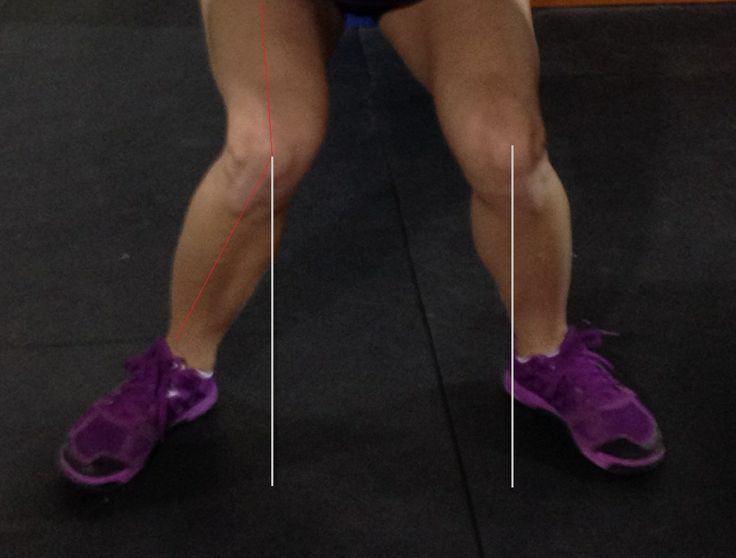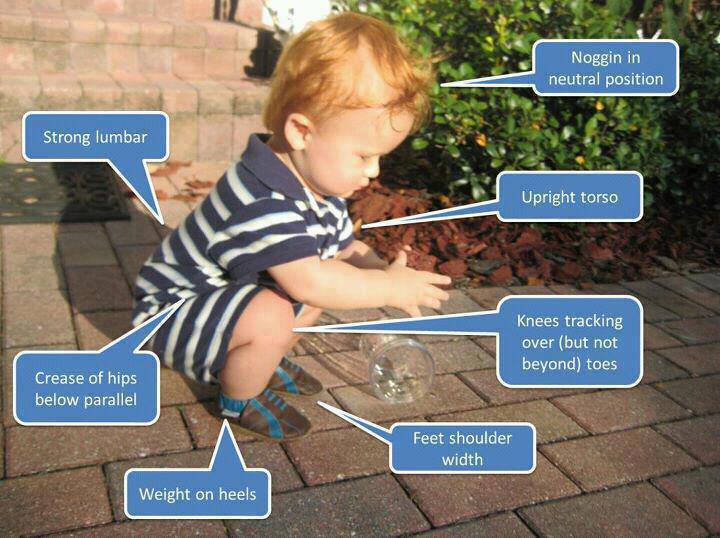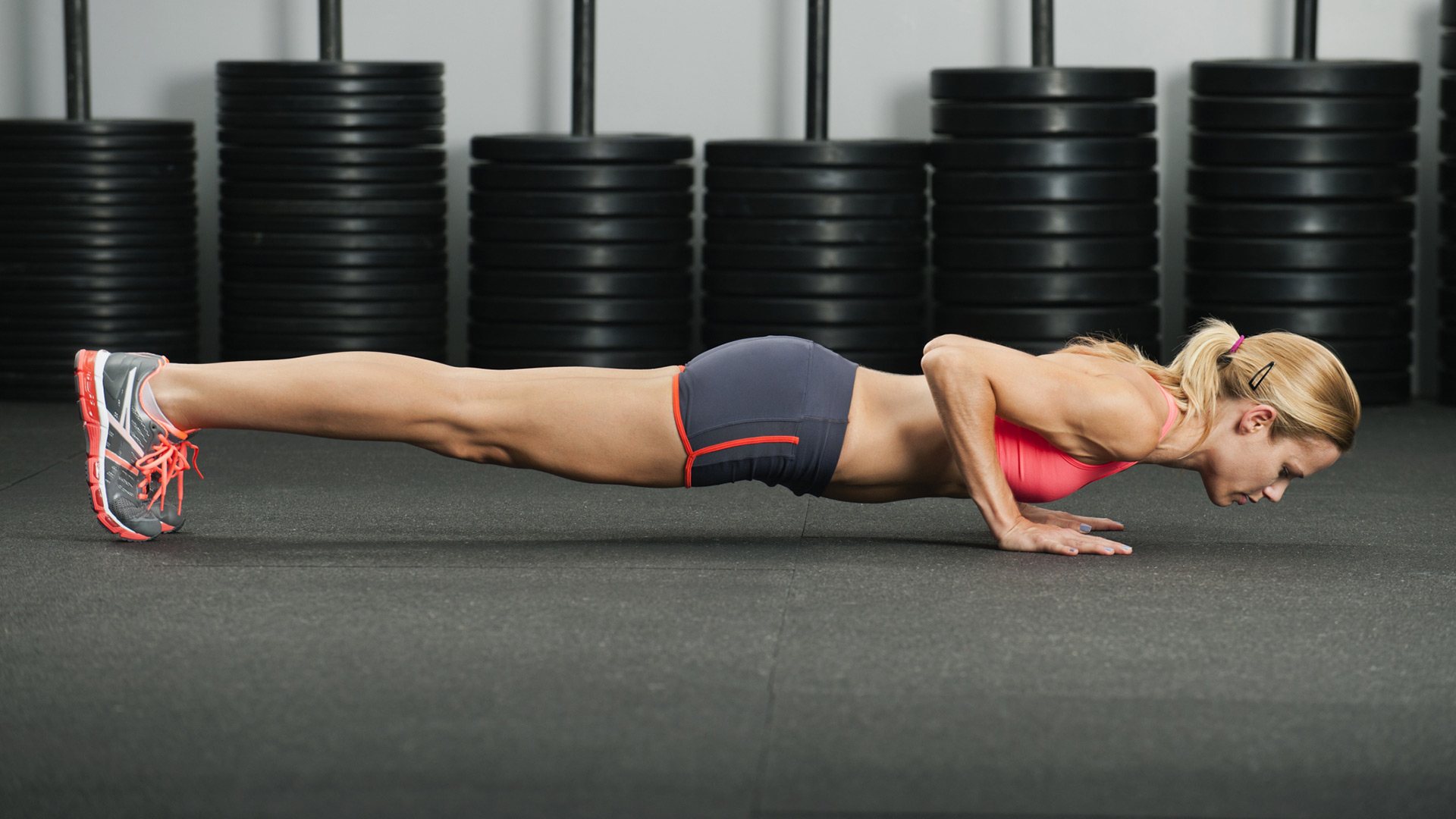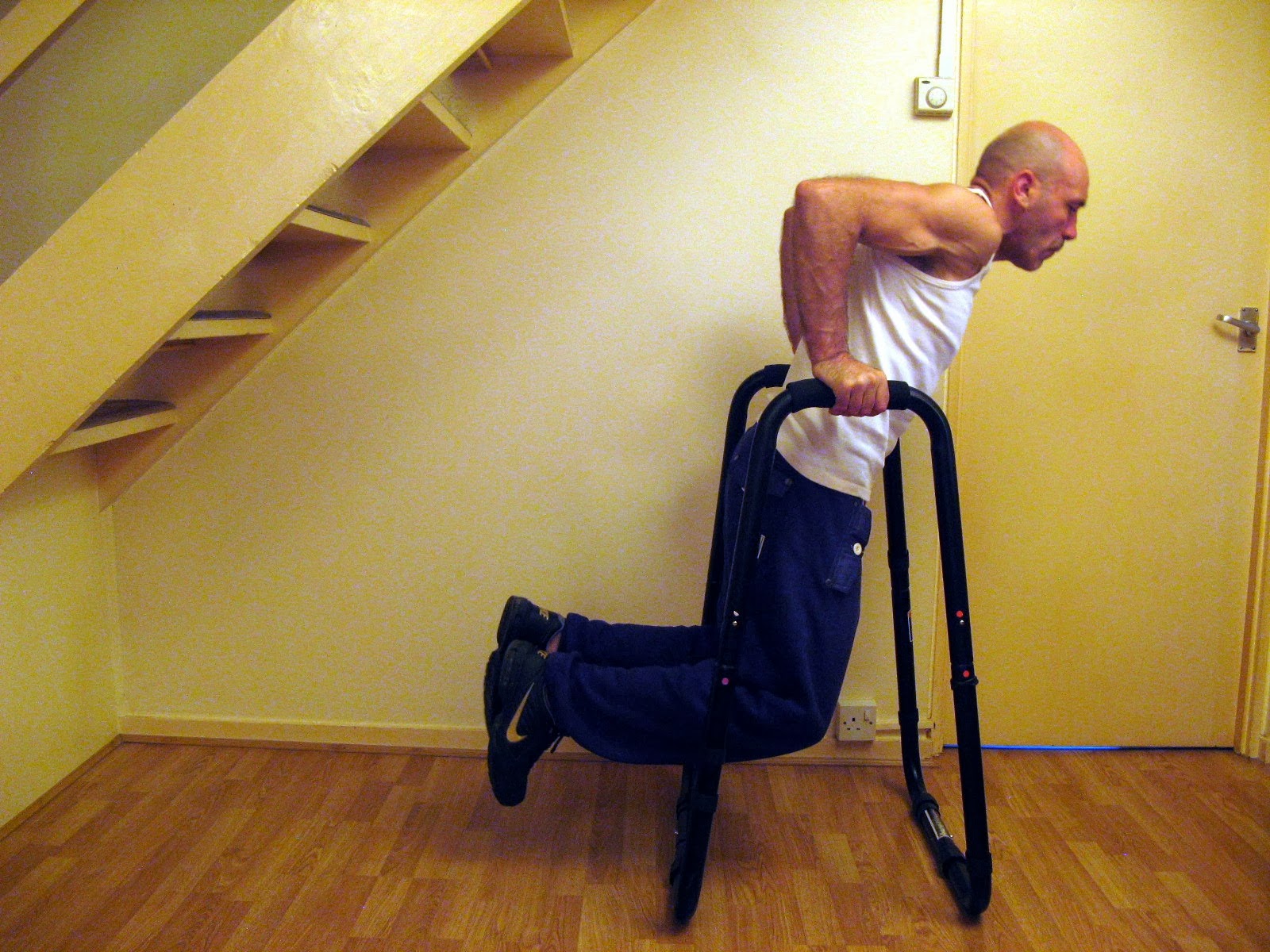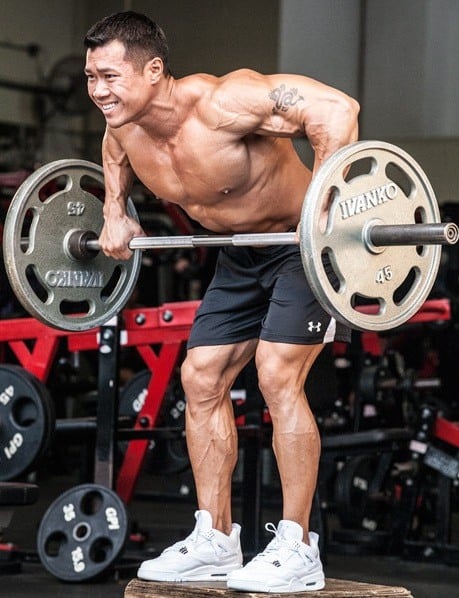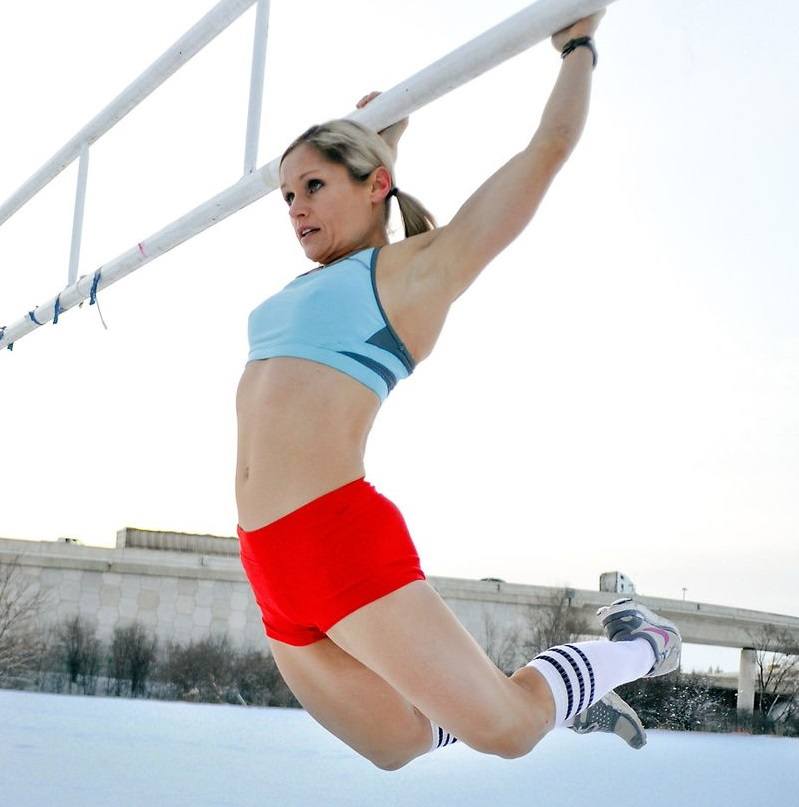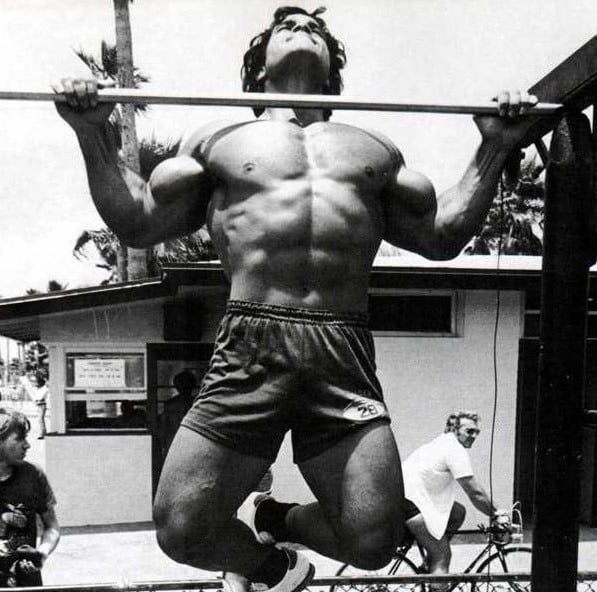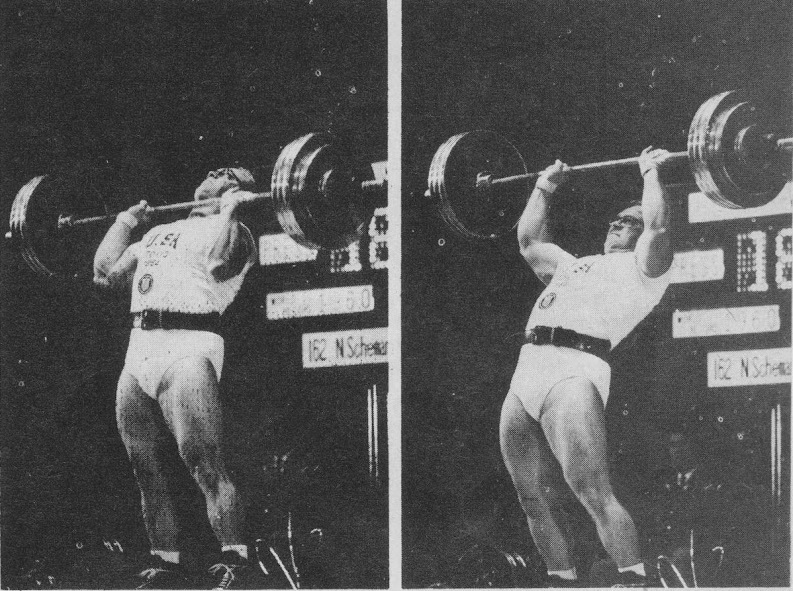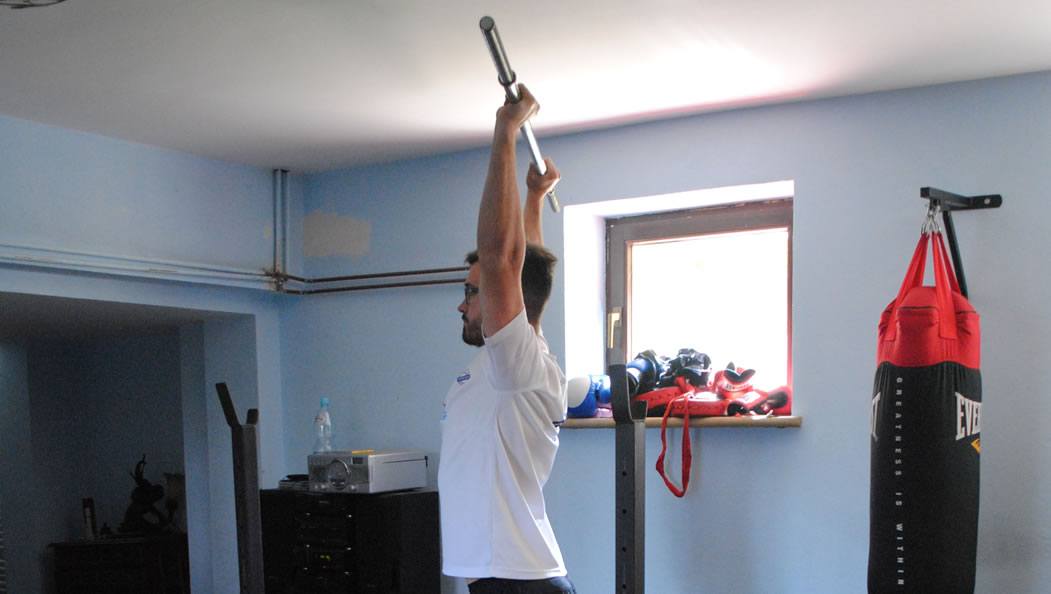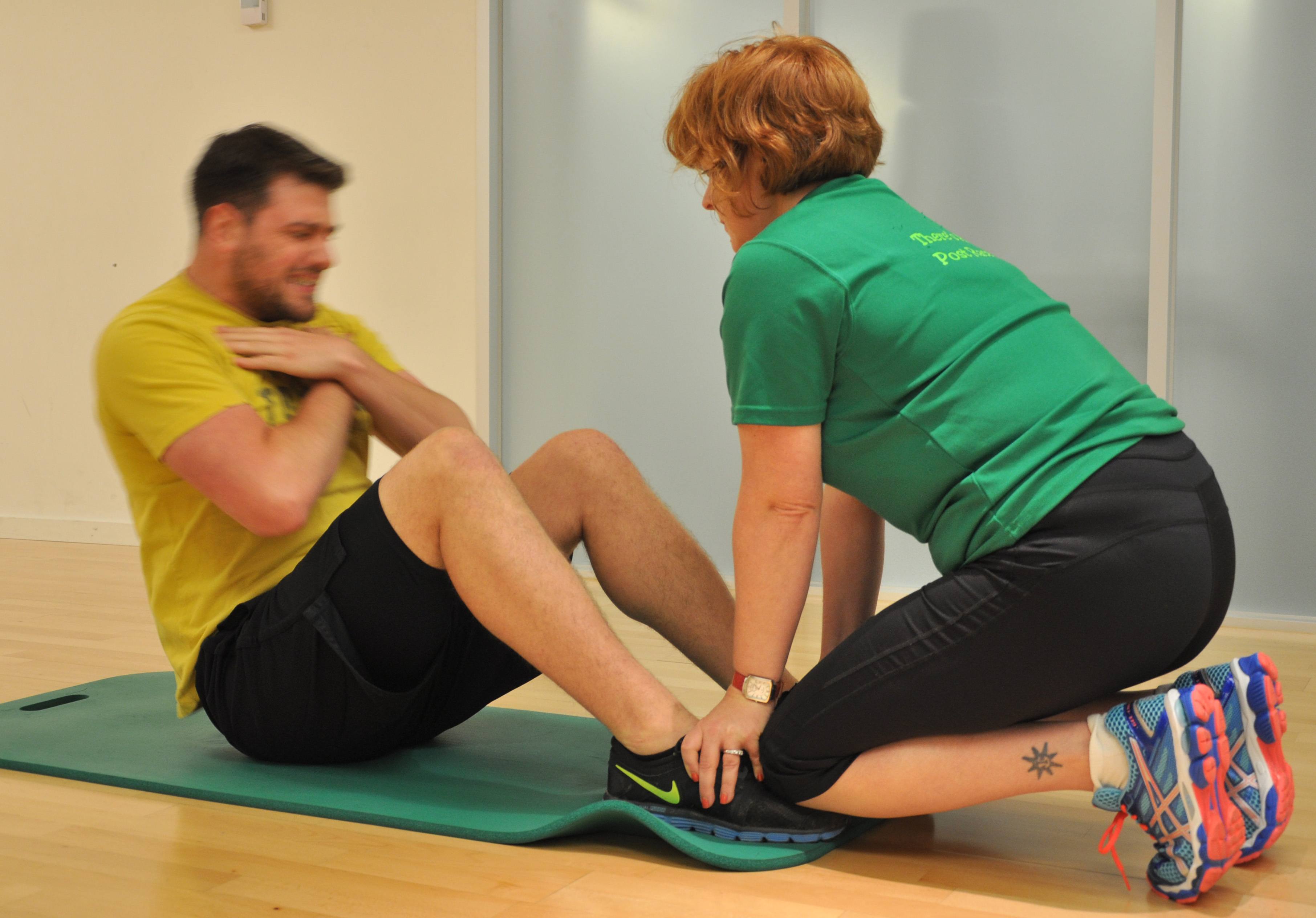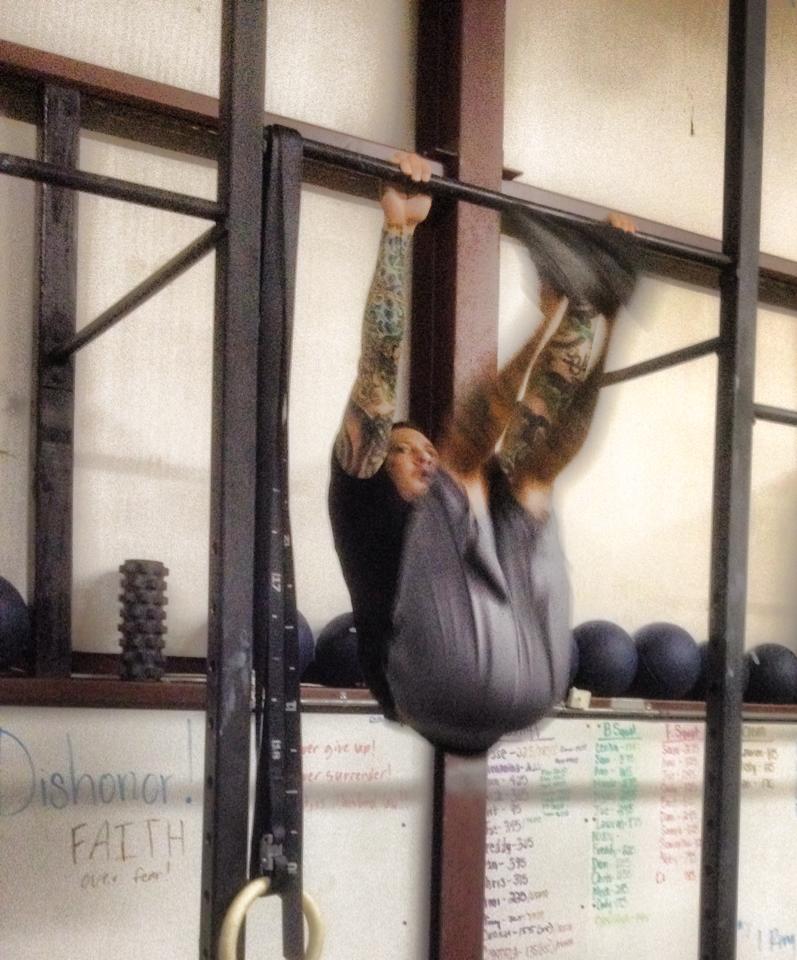Getting in shape requires a lot of willpower and dedication, so I applaud anyone with the determination and work ethic to stick to their training. I also have great respect for anyone who is trying to make a positive change in their life and is taking the first steps towards achieving their fitness goals. If you hit the gym regularly, get enough rest, and get the right nutrition, you’ll get results. That being said, there’s a smart way to go about things and a potentially dangerous way to go about things. I see too many people jumping into workouts blindly, too shy or arrogant to ask someone for help and a bit of advice. This is why a lot of people out there have been doing some of the most common and popular exercises wrong for years without realizing it, or at least until an inevitable injury prevents them from training.
I should also note that everyone doing serious training should look into healthy diet choices and the basic supplements that will help you stay focused and give you enough fuel to get the most out of your workout. The best pre workout ingredients are the relatively cheap basic stuff that has been proven to work, and combined with a diverse diet, good form, stretching and a decent amount of sleep, will ensure that you stay healthy and avoid injuries. So, if you want to learn good form and make the best strength and muscle gains you can while remaining injury free, then read on.
1. Squats
Squats are the king of all exercises. When done properly, they will tax multiple muscle groups (including the core), will put huge amounts of muscle on your legs, and will help improve your posture.
How people get it wrong
The most common problems people have with squats are:
- Going only a quarter or half the way down
- Knees caving in
- Going up on the toes
- Back rounding
This bad form not only robs you of the strength and muscle gains that you could have been getting, but also puts you at great risk of injury.
What you can do to fix it
The three biggest things holding most people back on squats are:
- Not knowing the proper set up and squatting form
- Lack of hip, hamstring and ankle mobility
- Lack of thoracic extension mobility and upper back strength
- Weak abs and spinal erectors
You can fix the squat by practicing proper form, doing several sets of extra core work – weighted sit-ups, leg raises, cable crunches, planks, Russian twists, and hyperextensions are some good choices – and making sure to stretch your hamstrings, quads, hips, glutes, and ankles for a few minutes about 2-3 times a day. Doing face pulls and the cobra stretch can help with thoracic extension so you can keep a neutral spine while squatting.
Proper squat form
The proper way to squat is to adopt a slightly wider-than-shoulder-width stance, with the toes pointed out at or close to 45°, your chest up, and your shoulders back. To understand how to achieve the best leverage, imagine a line between the middle of your feet with a coin right in the middle of it. Touch your palms together right in front of your stomach, and, while keeping your arms straight, bend at the knees and hips until your fingers touch the imaginary coin. Your knees will naturally be pushed outward and your back kept straight – this is what a squat should look like, with weights or without. You should keep your weight on your heels and push through with your hips as you get up.
When setting up for a barbell back squat – I suggest a high bar position and going slightly below parallel for beginners – make sure that your back is straight, your shoulders pulled back to the point where your shoulder blades are touching or nearly touching, and crouch under the bar, seating it firmly on the trapezius and back delts. You should not rest it on the neck, but try to have the bar resting on muscle, which provides some cushion and a nice little “shelf.” If you are wearing a lifting belt, make sure it’s on tight. Grab the bar firmly with your hands, keeping your elbows down and close to your body. Take a deep breath that fills up you stomach, hold it, and tighten your core as hard as you can. Then, squat down until the crease of your hips is in line with your knees. As you breathe in, push out your stomach, front, and sides hard against the belt so that your core is tense and solid. As soon as you reach this position, start pushing with your legs and then push the hips forward as you rise. Avoid looking at the mirror, and focus on the feeling of the movement – you can have a friend film you from the side and the front as you squat so you can see what you are doing wrong and what you need to work on.
2. Lunges
Lunges are a great way to build up your quads and glutes. They help you improve balance and are a great addition to any training routine.
How people get it wrong
You’ll see many people making these common mistakes:
- Shifting the weight to the ball of the forward foot
- Bending the torso forward
- Front knee caving in
Bad form on the lunges will likely cause injury in the long run, and you just end up looking silly, so it is important to fix your form.
How you should do it
The main issues with the lunge are keeping your balance and maintaining a straight back. You can start by stretching your hip flexors, hamstrings, quads and glutes regularly, as well as practicing good form using aids, e.g. a chair you can hold onto.
Proper lunge form
Step out with one foot and bend straight down, keeping your back straight. The angle between your shins and thighs should be 90° when in the lowest position. Then, rise straight up and repeat several times before switching legs. Alternatively, you can rise up and step out with the other foot, making several consecutive steps as you lunge.
3. Pushups
Pushups have several different variations – e.g., they can be wider, close grip, done on the fists, done with feet elevated, done explosively and clapping your hands in between repetitions, or done with one hand – but we will focus on the basic form with the hands placed slightly outside shoulder width and feet placed on the ground.
How people get it wrong
The biggest and most common pushup mistakes include:
- Flaring the elbows too far out, fully perpendicular to the body
- Going only halfway down
- Bending the hips up and down instead of moving the body
- Bending the back and/or head so the forehead reaches the ground first
Bad form on pushups can range from being simply comical, which ensures that you don’t get any real benefit from the exercise, to dangerous, particularly in the case of elbows flared out far to the side, which, over time, will damage the shoulder joint.
How you should do it
It is quite simple, as long as you make an effort and leave your ego at the door. You plant your feet together, standing on the balls of your feet and placing your palms slightly wider than shoulder width. When you rise up from the ground, only your palms and the balls of your feet should be touching the floor. Your back should be completely straight, with only your arms moving your body up and down. Go down slowly with control and until your chest touches the floor, then push up until your arms lock out, and repeat the process. If you experience wrist pain, you can do some wrist stretches or perform pushups on the fists on a somewhat softer surface, such as a yoga mat or old blanket on the ground.
4. Dips
Dips are an excellent tricep-builder and can also engage the lower pectorals to a certain extent. They also work the core muscles, because they are tensed to keep the body stable. Mistakes can lead to serious injuries. In fact, some people even experience pain in the sternum or joints even with good form, in which case this exercise should be avoided.
How people get it wrong
Most people tend to do this exercise wrong at the gym, and it’s mostly due to rushing it. People commonly make these mistakes:
- Not going all the way down until there is a 90° elbow bend
- Not going all the way up until the arms are fully extended
- Flaring the elbows out
- Going too fast
The dip is far less technical than some of the other exercises on the list, but it is still important to concentrate on having good form throughout the movement.
How you should do it
The first thing you need to consider is whether you are strong enough to perform several repetitions on the dip station with good control. If not, then you should first build up your tricep strength using close grip bench press and tricep extensions, and then attempt one or two clean reps. Looking straight ahead will keep your head straight, but you have to consciously brace your core and straighten your back. Go all the way down until the elbow reaches a 90° bend and back up until your arms are fully extended. Take your time and remember to breathe.
5. Barbell bent over rows
Probably the best back developer out there, the bent over barbell row will hit your lats hard, but it also engages the biceps and the spinal erectors. However, poor form can put your spine at risk or shift the focus away from the lats, so you need to be careful.
How people get it wrong
Here are a few things you’ll want to avoid:
- Back rounding
- Standing too upright
- Curling your wrists inward
- Tilting your head back
- Excessively swinging from the hips, effectively turning it into a very ugly Romanian deadlift
You don’t want to be making mistakes in a bent over position under a heavy load, so it’s important to follow the basic rules of a good bent over row.
How you should do it
While you should have a certain degree of mobility to perform the lift, you only need a bit of stretching and some mental cues to become comfortable with it. Standing in a shoulder-width stance, you pick up the barbell, either from a rack or off the floor, then you bend slightly at the knees while bending forward from the hips until your body is at an angle of about 45° to the ground. The bar should be just below the knees, your back and neck should be straight and your shoulder blades brought as close together as possible. Pull the bar into your lower chest, bringing your elbows to the ceiling, and control it on the way down so it doesn’t pull you out of position.
6. Pull-ups/Chin-ups
You’d think that it’s all in the name and that people won’t be able to get it wrong, but someone always seems to find a way to mess up a good exercise. While doing pull-ups, your palms are facing away from you, while your palms face towards you for chin ups, but the same rules apply in both cases.
How people get it wrong
This is an exercise that most people don’t do right, and it’s usually because their ego gets in the way and they want to do more than they are capable of doing. This is why you see things like:
- Swinging the body to create momentum
- Poor range of motion, i.e., not going low enough and not pulling yourself up high enough
- Not bracing the core and legs, which leads to the body flopping around
You’ll see even some more experienced lifters performing half reps, but unless you are very advanced and doing them as a finisher, you really should be paying attention to proper form.
How you should do it
It’s best to start off doing cable pull downs on the lat machine until you can develop the strength to move your own bodyweight. Another great way to start is to jump into a pull-up/chin-up, then hold for as long as you can, and then lower yourself as slowly and with as much control as possible. Repeating several of these negative reps each time you train will slowly strengthen you enough to perform real reps.
Proper pull-up and chin-up form
You should start from a dead hang, with your arms fully extended. For pull-ups, you can go with a narrower shoulder-width grip that targets the mid-back, or with a wide grip the targets the lats. For chin-ups, start with a narrow grip with your palms facing towards you. The first thing you do is retract the shoulder blades, then pull the shoulders back. Then, begin pulling hard with the back muscles and biceps. You should be pulling the elbows down and back. For chin-ups, your chin needs to be over the bar, or at least in line with it, in the up position. For pull-ups, try to get as high as possible. Some people can get their chest to the bar even when using a narrow grip.
7. Overhead press
Nothing puts more meat on your shoulders than the overhead press, and when combined with face pulls and lateral raises can create those coveted cannonball shoulder muscles. It’s too bad a lot of people are either afraid of it or end up doing it improperly.
How people get it wrong
What you’ll often see at the gym, if you even see someone performing these instead of dumbbell overhead press or the smith machine variety, are the following mistakes:
- Gripping the bar too wide
- Lack of proper thoracic extension
- Lack of core and glute tightness
- Bending too far back and turning it into an incline bench press, without the bench
- Not controlling the descent
The shoulders are incredibly susceptible to injury, as they are a very mobile ball and socket joint, so you really need to get the form down on this one if you want to avoid trouble in the future.
How you should do it
The key with this exercise is keeping the body tight and having a strong grip on the bar. You need to push your chest out and tighten the glutes to keep a neutral spine. You can (very slightly) push the hips forwards. Your grip should be about shoulder-width, your elbows pointed straight down to the ground (not backward), and your triceps resting on your lats. When first starting out, you won’t have the triceps or the lat size to achieve this, but you should brace yourself and try hard to keep the elbows in front of the chest and pointing straight down. When you press up, you get your head out of the way with a very slight motion, then your head moves back forward as your arms lock out at the top of the exercise. Bring the weight back to your chest, with another slight motion to get the head out of the way, and make sure the elbows are pointed straight down. Pause momentarily and then repeat the cycle.
8. Bicep curls, dumbbell and barbell
A favorite exercise among gym bros worldwide, bicep curls seem so simple that they can’t be messed up. Yet you’ll see some really appalling form out there.
How people get it wrong
The bicep is a small muscle that can’t handle too much weight, and it has a dual purpose of bringing the forearm straight up, as well as turning it so that the wrist faces upwards (supination), which leaves plenty of room for errors like these:
- Swinging the weights up using the shoulders or even leaning back
- Not bringing the weight all the way down to where the elbow is locked out
- Curling the wrists upwards
- Letting the weights drop down very quickly (often to add momentum to the impending swing)
- Not turning the wrist in all the way during alternate dumbbell curls
Such lifting mistakes will keep your biceps looking small and potentially cause you some wrist pain.
How you should do it
When doing barbell curls, you want to get a comfortable grip that isn’t too wide or too narrow. Brace your core and glutes, and focus on using only the biceps. With both barbell and dumbbell curls, you can either keep your wrists straight or have them a bit loose and let them trail behind, taking the forearms out of the movement to a great extent and minimizing strain on the wrist joint. For alternating dumbbell curls, you should start with the arms at your sides, palms facing your legs. This is partly because you want to add the twisting motion that allows you to engage the biceps better, but also because of mere convenience, as the dumbbells would hit the side of your legs otherwise. Turn your wrist upwards as soon as you clear the leg, squeezing hard at the top of the motion, before slowly lowering the weights back down until the arm is fully extended.
9. Sit-ups
Another seemingly simple exercise that can actually cause pain and injury if not done correctly.
How people get it wrong
These mistakes aren’t too damaging for the most part, although repeating them frequently can lead to injury. Of course, you’ll get more out of your training if you avoid them:
- Pushing the head forward too much
- Pulling the chin into the chest
- Putting the hands behind the neck and pulling on it
- Rounding the lower back
- Not breathing throughout the movement
- Going too fast and virtually just rocking back and forth
How you should do it
Unlike the crunch, which is essentially just caving your chest in and bringing the shoulders slightly off the floor, the sit-up, as the name suggests, requires your entire back to leave the floor. It’s important to keep your knees up with your feet planted firmly on the ground as you lie on the floor. It’s best to have your fingers pointing towards your temples if you like to flare the elbows out, or you can cross your arms on your chest. You start the movement like a crunch, but then lift your body up from the hips until you are at about 60°-70° from the ground, keeping the lower back fairly straight. Then, lower yourself back down slowly.
10. Hanging leg raises
This is a great exercise that targets the lower abdominals incredibly well, but still hits most of the abs. It is quite a bit more challenging than the sit-up.
How people get it wrong
You don’t see too many people doing these because they are very challenging, but when you do see them performed, there are a few flaws that become immediately apparent:
- Excessive swinging of the legs
- Letting the legs flop down with no control
- Lifting up the knees/legs only half way
Bad form like this will give you a bit of a cardio workout, but it will not strengthen your abs.
How you should do it
It’s important to note that beginners should start with leg raises from a lying position — perhaps on a bench or yoga mat – and should work on their grip and back strength so that they will be able to hold on to the bar long enough to perform the exercise. You should focus on keeping your legs straight, lifting them up as high as you can, and then using a shoulder blade retraction and your hip flexors to get either the knees as close to the chest as possible or the toes as close to the bar as possible. Make sure to lower the legs all the way back down relatively slowly and under control, and wait a second before the next rep so that you avoid using momentum.
There are tons of great exercises out there, but if you don’t know what you are doing and can’t get someone to show you the proper technique, you can end up hurting yourself. At the very least, you’ll hinder your performance and progress in the gym. Remember these tips to help you get a better understanding of these ten popular exercises so that you can improve your training and avoid any injuries!

